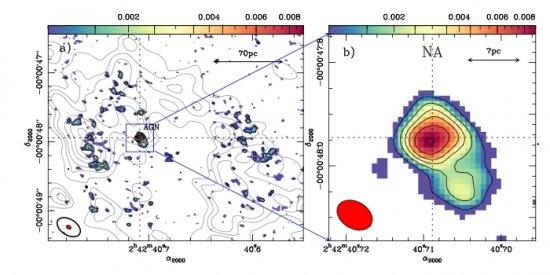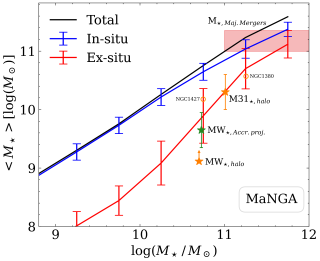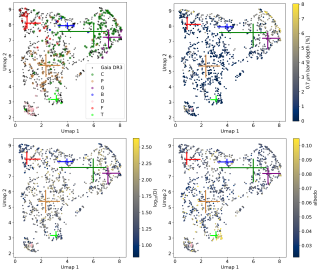NGC 1068 is the prototypical Seyfert 2 galaxy and a prime example for active galactic nuclei (AGN) unifying schemes. Its central engine is thought to be hidden behind a screen of obscuring material located in a dusty molecular torus of a few parsecs size. Given the distance to the galaxy (D ∼ 14 Mpc), it has been the subject of tens of studies aiming to disentangle what is happening in its central parsecs. We used the Atacama Large Millimeter Array (ALMA) to map the emission of the CO(6–5) molecular line and the 432 μm continuum emission from the 300 pc sized circumnuclear disk (CND) of the nearby Seyfert 2 galaxy NGC 1068 with a spatial resolution of ~4 pc. These observations spatially resolve the CND and, for the first time, image the dust emission, the molecular gas distribution, and the kinematics from a 7–10 pc diameter disk that represents the submillimeter counterpart of the putative torus of NGC 1068. We fitted the nuclear spectral energy distribution of the torus using ALMA and near- and mid-infrared (NIR/MIR) data with CLUMPY torus models. The mass and radius of the best-fit solution for the torus are both consistent with the values derived from the ALMA data alone. The dynamics of the molecular gas in the torus show strong non-circular motions and enhanced turbulence superposed on a surprisingly slow rotation pattern of the disk. By contrast with the nearly edge-on orientation of the H2O megamaser disk, we found evidence suggesting that the molecular torus is less inclined (i = 34°–66°) at larger radii.
Dust continuum emission at 694 GHz (432 μm) mapped by ALMA in the CND of NGC 1068. The right panel shows a close-up of the dust continuum emission shown in left panel.
Advertised on
References



